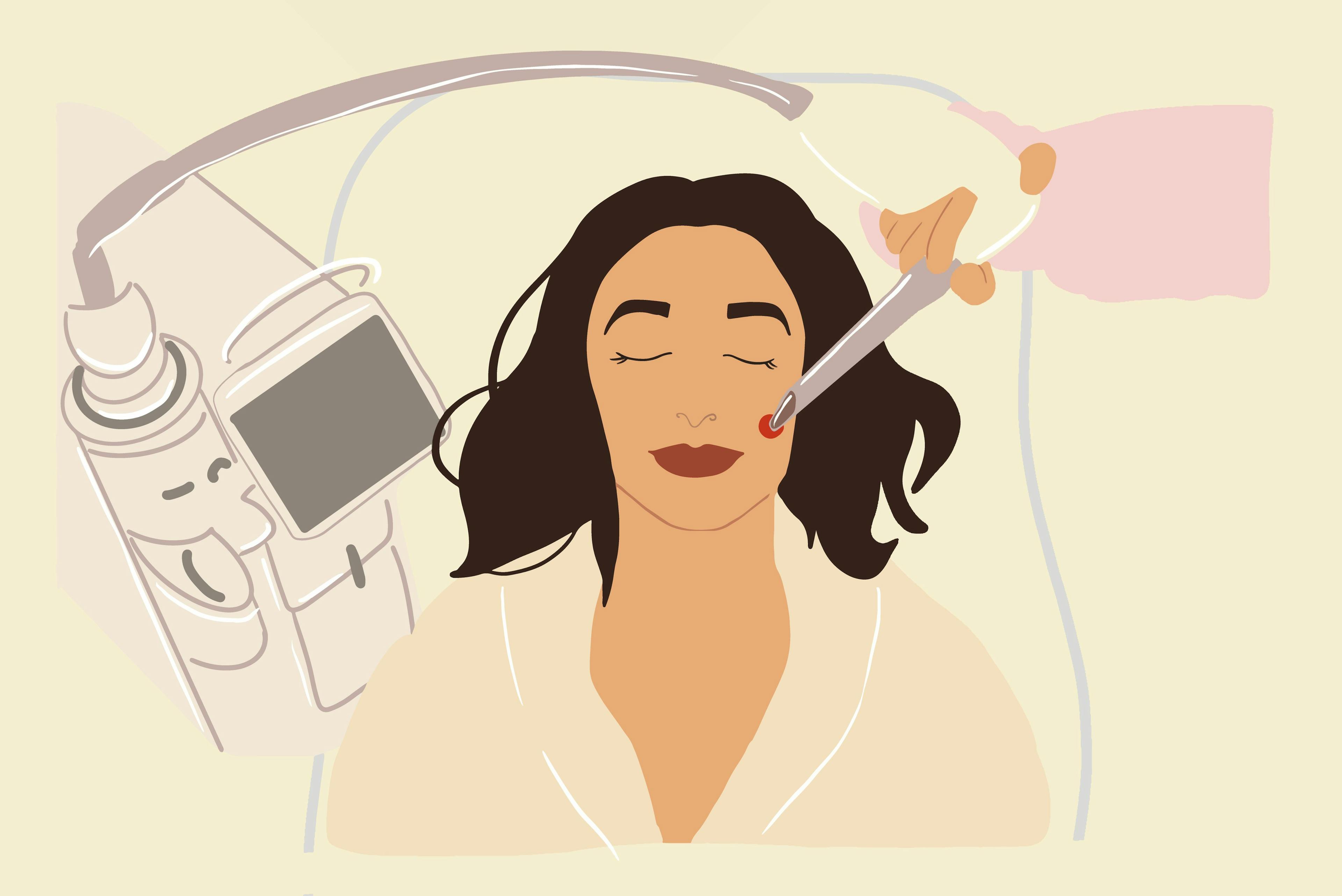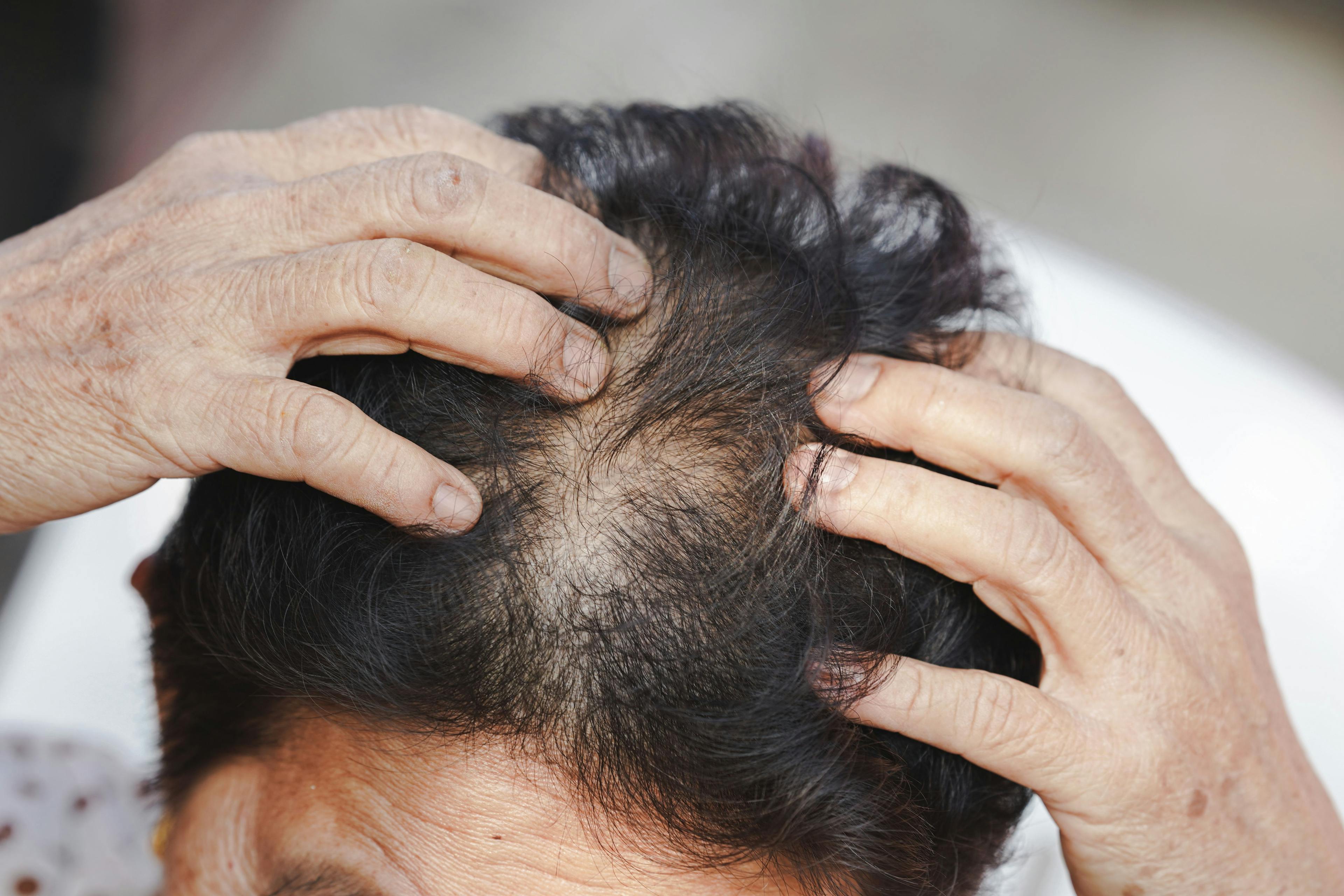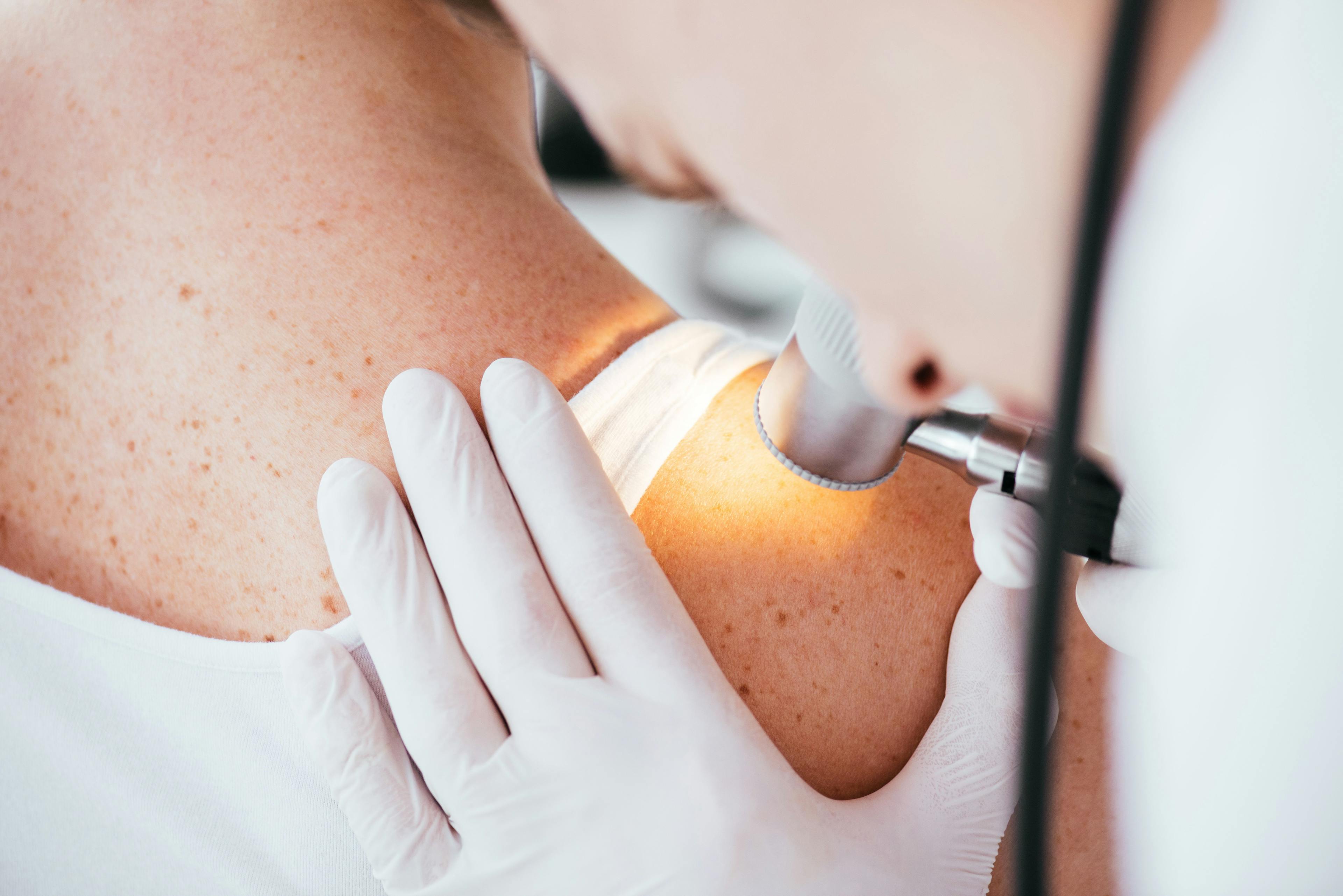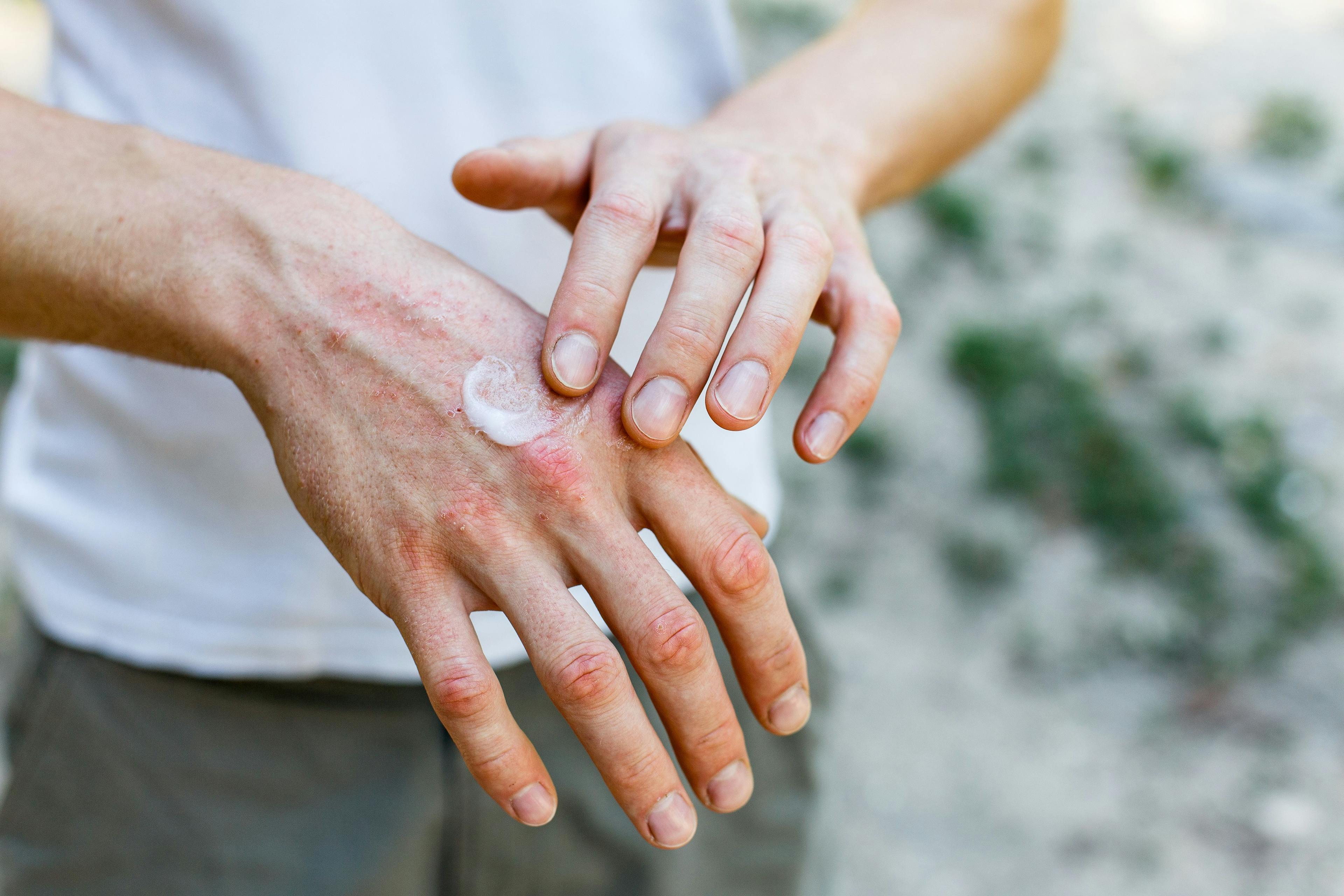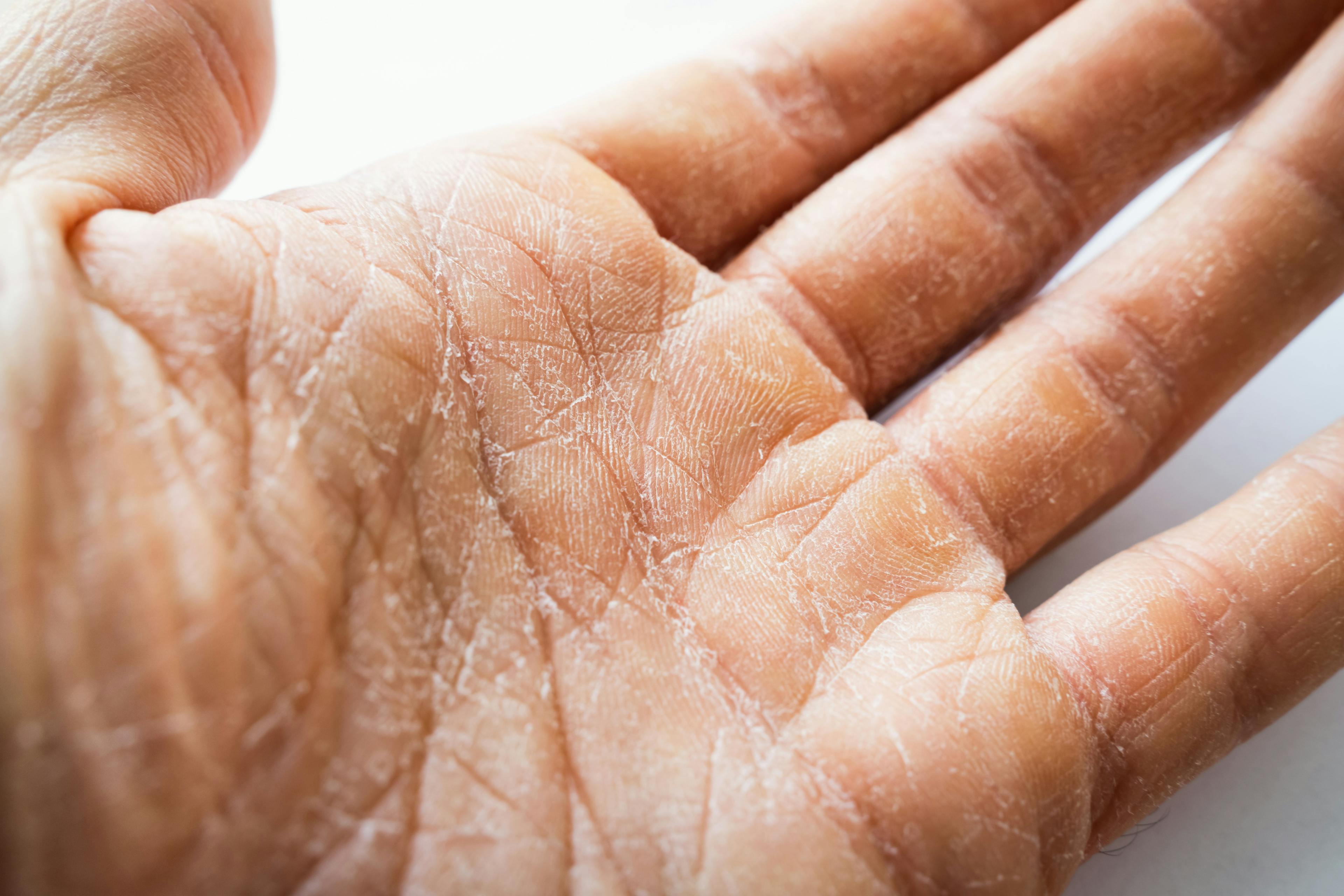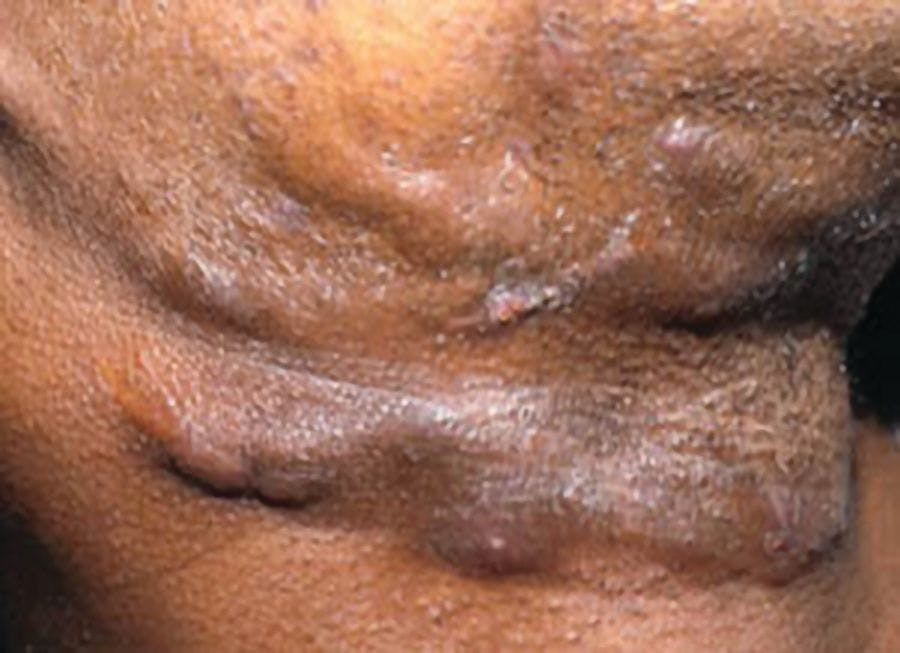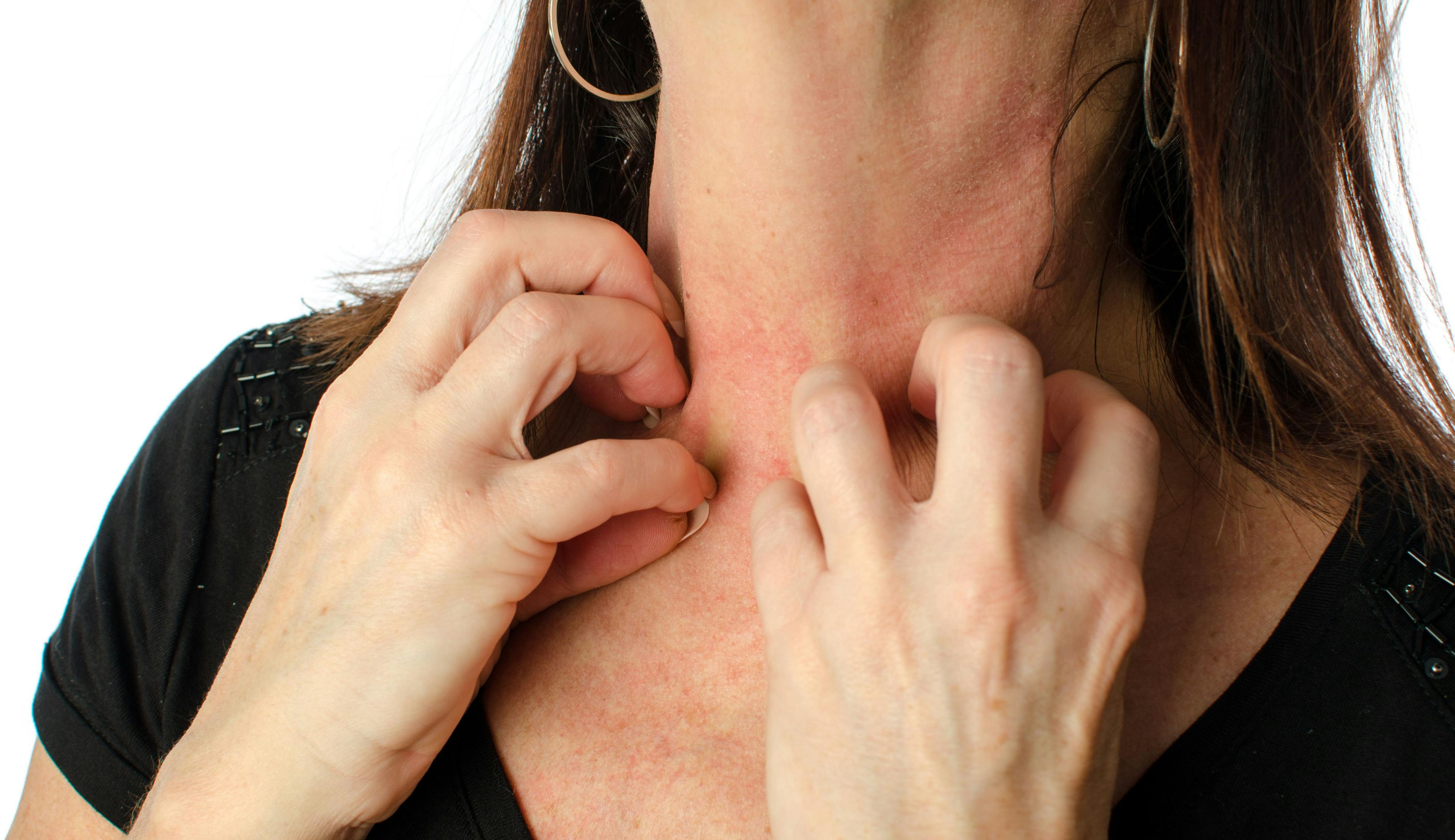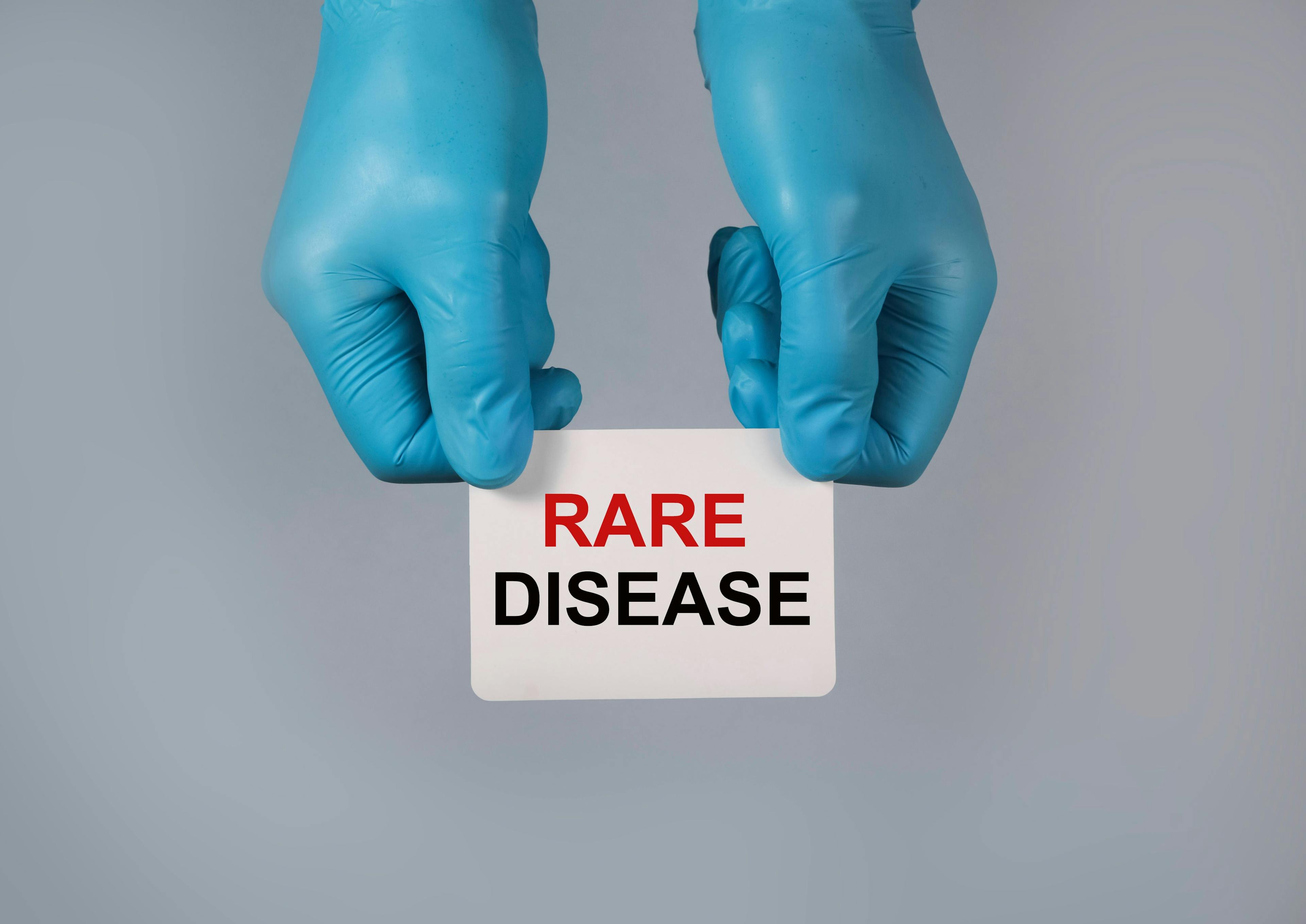- Acne
- Actinic Keratosis
- Aesthetics
- Alopecia
- Atopic Dermatitis
- Buy-and-Bill
- COVID-19
- Case-Based Roundtable
- Chronic Hand Eczema
- Chronic Spontaneous Urticaria
- Drug Watch
- Eczema
- General Dermatology
- Hidradenitis Suppurativa
- Melasma
- NP and PA
- Pediatric Dermatology
- Pigmentary Disorders
- Practice Management
- Precision Medicine and Biologics
- Prurigo Nodularis
- Psoriasis
- Psoriatic Arthritis
- Rare Disease
- Rosacea
- Skin Cancer
- Vitiligo
- Wound Care
Publication
Article
Dermatology Times
Evaluating Chronic Itch and Quality of Life
Author(s):
There are multiple factors predicting itch-specific quality of life in patients with chronic itch, according to a video oral abstract presentation at the 2022 ASDS Annual Meeting.
There are multiple factors predicting itch-specific quality of life in patients with chronic itch, according to a video oral abstract presentation at the 2022 American Society of Dermatologic Surgery Annual Meeting in Denver Colorado from October 7-10.
“Itch is a common dermatological symptom, and it can severely affect the quality of life of patients,” said Siri Choragudi, a research fellow at the University of Miami Miller School of Medicine in Miami, Florida.
Investigators of the study sought to investigate the sociodemographic and itch-specific factors that predict the itch-specific quality of life in patients with chronic itch.
In the cross-sectional study, investigators recruited a cohort of male and female patients ages 18 years or older who attended an itch clinic in Miami from 2016 to 2022 with reports of itching for at least 6 weeks (which is defined as chronic itch).
They used an interviewer-administered questionnaire to report sociodemographic and itch-related factors. This included:
- age
- sex
- ethnicity
- itch location (head and neck, upper limb, lower limb, trunk, groin and buttocks)
- worsening factors (Stress, dry skin, sweat, contact with irritants, contact with allergens, hot water, foods, salt water, and acid drinks)
- itch frequency
- itch intensity
- associated symptoms (pain, rash, sweating, hot and cold sensations)
- having itch all day
Responses were recorded using an itch-specific quality of life questionnaire, ItchyQoL, and then each response was graded using a 5-point Likert rating scale.
The study included 534 patients, with a mean age of 58 years, 59% were females, and 62% were non-Hispanic White.
Results of the study demonstrated a mean intensity of itch of 8, as well as 45% of patients had itch all day and night, and 40% had pain in the area of itch. Additionally, dry skin was the most common worsening factor at 52%.
Itch was most frequent in the upper limb at 80%, trunk at 73%, and lower limb at 68%. The mean total itch-specific quality of life was 72 from a range of 21-105.
The authors also noted that being non-Hispanic White predicted good quality of life compared to other ethnicities.
“In summary, sociodemographic factors such as female sex, body site location such as groin and buttocks and upper limb, and worsening factors such as pain and heat in the itch area, had the highest predictive value of poor quality of life in chronic itch patients,” concluded Choragudi.
Reference:
Yosipovitch G, Choragudi S. Factors predicting the itch-specific quality of life among patients suffering from chronic itch. Presented at: 2022 American Society of Dermatologic Surgery Annual Meeting, Denver Colorado, October 7-10, 2022.

Newsletter
Like what you’re reading? Subscribe to Dermatology Times for weekly updates on therapies, innovations, and real-world practice tips.

